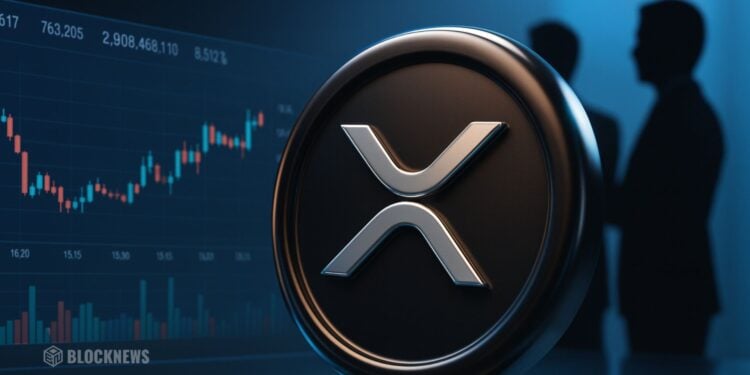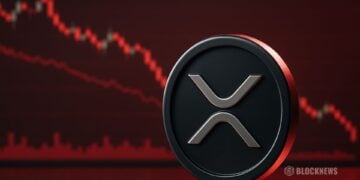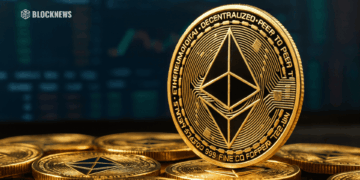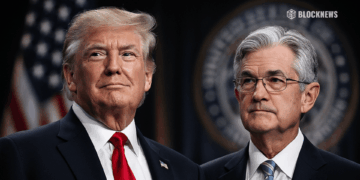- Ripple wants XRPL to become a full institutional crypto toolkit.
- RLUSD and a $500M strategic investment give Ripple the runway to execute.
- XRP likely grows in value if even part of Ripple’s long-term roadmap succeeds.
People in markets usually fall into the same trap — they wildly overestimate what can happen in six months, then somehow underestimate what five years can do. In crypto, that effect feels almost doubled; everything moves so fast that long-term plans get ignored until suddenly they’re not. For XRP, the next five years could end up being the stretch that defines everything. Ripple is trying to turn the XRP Ledger into a full institutional toolkit, a sort of one-stop crypto infrastructure stack for banks, asset managers, payment firms… basically anyone handling serious money flows. And with a fresh roadmap, a $500 million strategic investment, and its RLUSD stablecoin exploding into the market, the company is clearly loading up for that push.
Ripple’s Plan: Become the Institutional Crypto Operating System
At Ripple’s Swell 2025 event, president Monica Long laid out what the next chapter might look like. Ripple is split into two main engines: one focused on building financial tools for institutions, and the other dedicated to leveling up the XRPL itself. Long highlighted that the ledger has gotten faster and more capable in the last few years, quietly stacking new features and performance upgrades. She even previewed a new lending protocol designed to give businesses a reason to actually use XRP instead of just holding it. If Ripple sticks to the plan, that protocol likely goes live within the next five years, and the company will keep pushing XRP into the hands of institutions that might benefit from real utility.
A big detail here — Ripple now has a serious war chest to execute all this. The new $500 million strategic investment, led by firms linked to Fortress Investment Group and Citadel Securities, values Ripple at around $40 billion. And on top of that, Ripple says payment volume through its network has already crossed $95 billion. RLUSD, its stablecoin, just hit a $1 billion market cap in under a year. If those numbers look big now, they’ll probably look tiny in 2030.
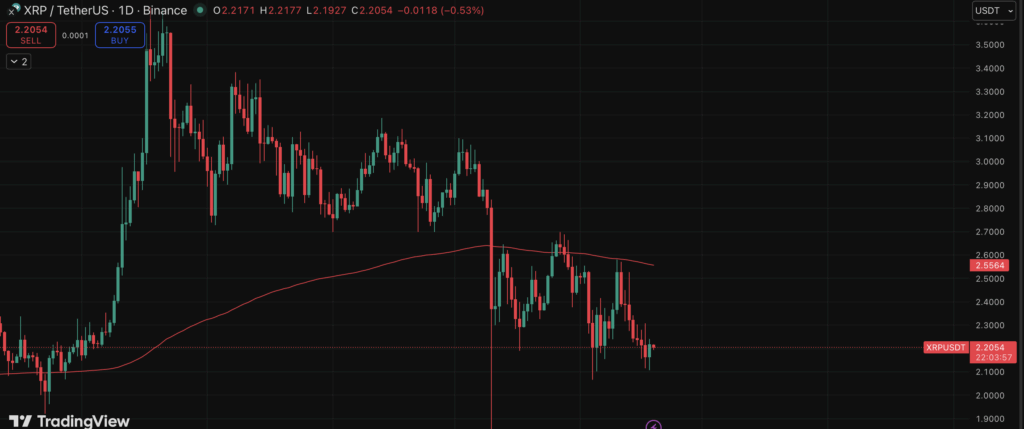
The Vision: One Vendor for Everything Finance Wants to Do on-Chain
Ripple’s pitch is simple but ambitious: become the default provider for institutions that want to issue stablecoins, move money across borders, tokenize assets, manage liquidity, or custody digital value — all from one integrated stack. If that works, the XRPL becomes the settlement layer underneath it all, and XRP becomes a key bridge asset that moves between systems. That’s the “if everything clicks” outcome. And honestly, the setup is strong. But not without competition.
A Crowded Field and a Tough Fight Ahead
Even with a solid bull case, convincing the market won’t be smooth. Ripple is stepping into a battlefield stacked with competitors. Stablecoins like USDT and USDC absolutely dominate today, and RLUSD is tiny next to them — even with fast growth. The real-world asset tokenization space, cash-flow projects, and enterprise systems are mostly being built on Ethereum and other smart contract chains. That means XRP isn’t the default choice; it’s still the challenger.
Another subtle tension to watch: if institutions end up preferring RLUSD as their settlement asset on XRPL — which is pretty likely, since most firms would rather hold a stablecoin than a volatile token — demand for XRP as a transactional asset could soften. It’d still be needed for gas and bridging, but the spotlight might shift to RLUSD instead.
The Most Realistic Scenario for XRP’s Future
The base-case outlook is straightforward. Ripple executes the roadmap. RLUSD grows into a mid-tier stablecoin with a small but meaningful slice of the global market. XRPL ends up holding far more tokenized assets and cash-like instruments than it does today. XRP stays a top-tier coin, benefiting from higher usage, more institutional comfort, and a much stronger surrounding ecosystem.
Even a modest version of Ripple’s plan leaves XRP more important — and probably much more valuable — by the early 2030s than it is today. The upside is there; now it just depends on whether Ripple can actually deliver every piece of the puzzle.


